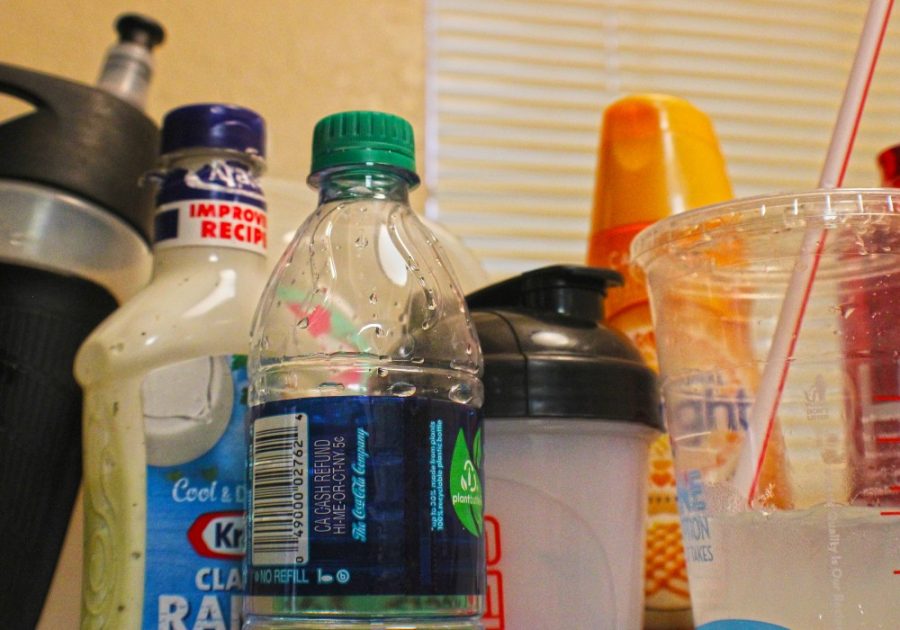Many reusable water bottles claim to be “BPA-free.” However, what exactly does BPA-free mean, and what’s the problem with BPAs to begin with?
A few years ago the U.S. Environmental Protection Agency and Food and Drug Administration started investigating a chemical that has been used in plastic products since the 1960s known as bisphenol A, commonly referred to as BPA. Bisphenol A is a chemical used in many plastic products to improve rigidity and durability.
BPA isn’t just used in water bottles, though; it can be found in the lining of food or drink cans and has been used in a variety of resins for years.
Despite their prevalance, BPAs have a major downside: They are part of a class of chemicals known as endocrine disruptive chemicals (EDCs). In humans, the endocrine system plays a major part in development and reproduction.
Leif Abrell is a UA associate research scientist in the chemistry and soil/water and environmental science departments. Abrell is an expert in organic analysis at the Arizona Laboratory for Emerging Contaminants.
RELATED: Featured Science: Katerina Aifantis ditches the traditional approach to engineering
“The endocrine system works with a lock and key, with the lock being a protein receptor and the key is a hormone molecule,” Abrell said. “When they combine, a function is activated that then induces some particular growth function.”
EDCs can bind to protein receptors and negatively impact the development of different organisms. This harmful interaction is possible since EDCs, such as BPAs, can mimic hormones like estrogen.
These impacts are not limited to people. Other members of the animal kingdom can experience problems, as well.
“The most common thing we see with EDCs is how they can affect the growth and development of fish, as well as their gender,” Abrell said. “EDCs are one of the top chemicals that we should be concerned about, especially when it comes to pregnant women and younger children who are still developing.”
RELATED: Water equity a focus at science diplomacy con
If EDCs are acknowledged as a problem, what is the solution?
While most reusable, rigid, plastic bottles may state they are BPA-free, according to the Mayo Clinic. some plastics marked with the recyclable number 3 and 7 may still contain lesser amounts of BPAs. The clinic warns plastic bottles and cans of food, especially those labeled with a 3 or 7, should not be left in the heat for extended periods of times because heat can break down the plastic and allow BPAs to contaminate food or liquids.
The issue is a political as well as a scientific one.
“100,000 new synthetic chemicals are made every year, so it is nearly impossible for toxicologists to keep track of them all, but it is important to vote for politicians that will strengthen the EPA to increase how well monitored BPAs and other EDCs are,” Abrell said.
The prognosis is mixed. This March, EPA officials decided not to ban the potentially harmful pesticide Chlorpyrifos.
For Abrell, that decision was“politically dysfunctional,” as it ignored the EPA’s own recent research findings on the pesticide. For now, the future of BPAs remains uncertain.
Follow Malik Shelp on Twitter.









